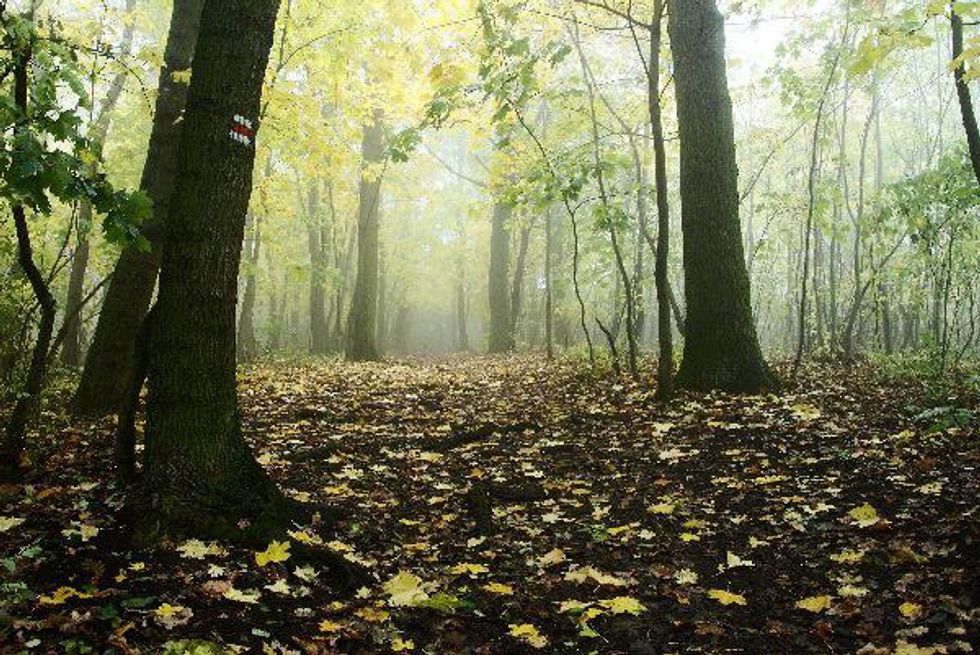Eastern Deciduous Forest has many interactions. Eastern Deciduous Forests once stretched from New England to Florida. Plants provide food and home site resources to EDF animals. Trees and shrubs provide substrates for nest placements by songbirds. EDF forest birds and mammals eat berries and nuts. American beavers and common porcupines eat tree barks. Plant pollination and seed dispersal benefits the animals of EDF also. Insects and fungi are used as pests.
Eastern Deciduous Forest has primary producers that are red oaks, white oaks, American beech. Primary producers are red oak, white oak, American beech, Sugar maple, Red maple, Eastern hemlock, White pine, yellow birch, paper birch. Consumer herbivores are white tailed deer, gypsy moths, and birds. Omnivores are white footed mice, chipmunks, many birds, gray foxes, red foxes. Carnivores are owls (e.g. great horned owls), coyotes, bears, wolves, and American bald eagle. Decomposers are soil bacteria and fungi. Decomposer soil fauna are mites, ants, and earthworms. Predators of insects can help trees by reducing insect leaf chewing. Insects with diseases can be able to replace less productive and older ones with younger ones. The gypsy moth insect is an exotic pest that caused defoliation before. The damage to trees can vary; it can kill or reduce growth of trees. There are many species interactions and ecosystem processes in the Eastern Deciduous Forest. Eastern Deciduous Forest also has lyme disease which is caused by ticks that may or may not be infected and have the symptoms of bulls-eye rash, fever, fatigue, headache, and etc.






















